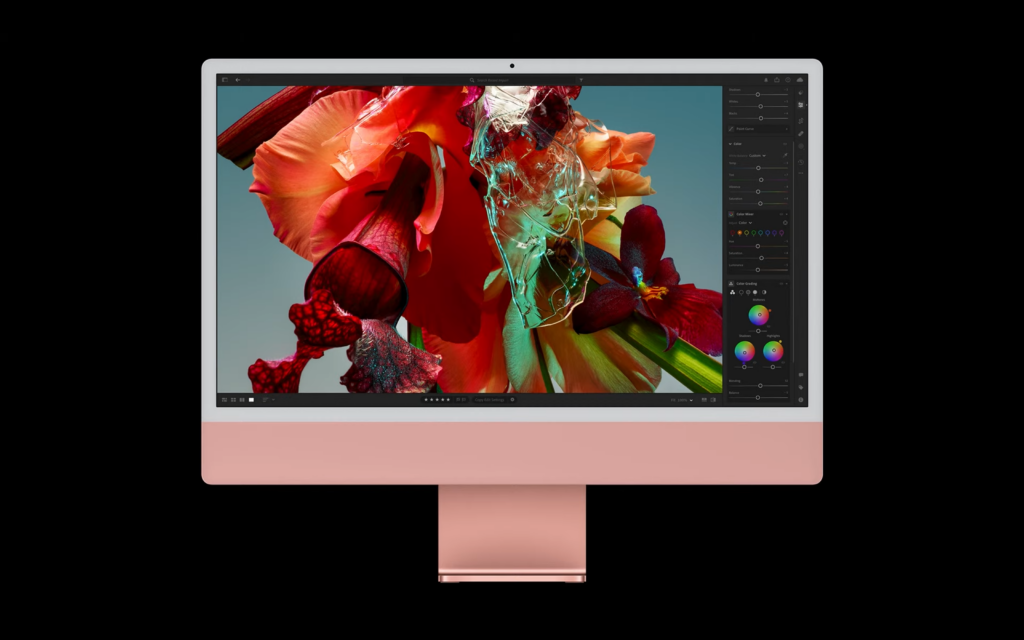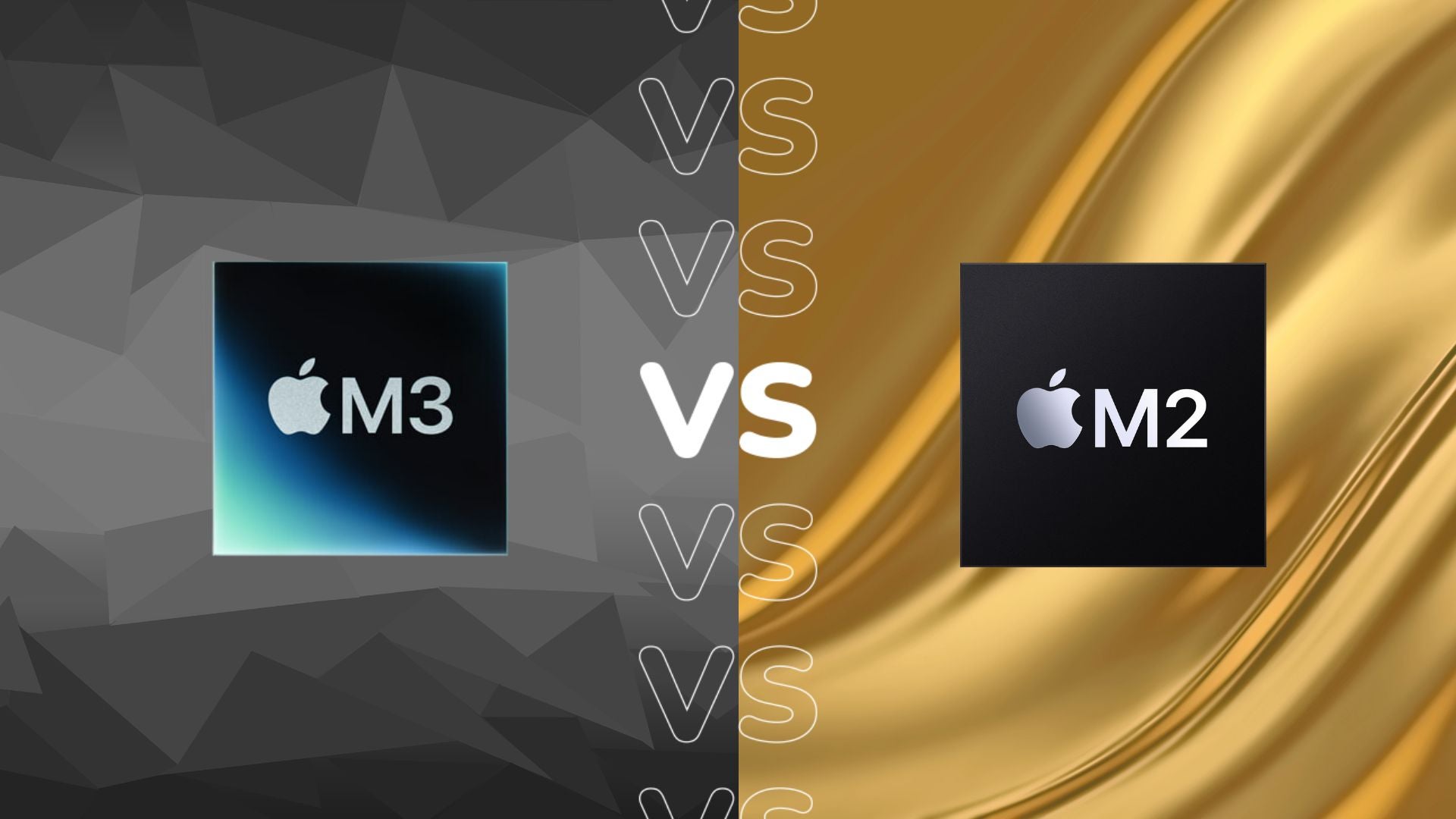Apple has finally updated its 24-inch iMac with a new version, more than two years after its initial reveal.
The iMac got a big redesign in 2021. Gone was the bulbous silver aluminium body replaced with a colourful exterior, matching accessories and an overall fun aesthetic. It was also powered by the M1 chip, which had just been announced.
Fast forward a few years and the M2 chip came and went without finding its way into an iMac. Now, with the release of the M3 Apple is finally giving us a new iMac – but what is new?
.keystone-video-block .flexible-container .ac-lre-player-ph-ext {
position: relative;
padding-bottom: calc((2 / 3.1) * 100%);
padding-top: 30px;
height: 0;
overflow: hidden;
}
.keystone-video-block .flexible-container .ac-lre-player-ph-ext.ac-lre-carousel-vertical {
padding-bottom: calc((2 / 3.9) * 100%);
}
.keystone-video-block .flexible-container .acw1 {
position: absolute;
top: 0;
left: 0;
width: 100%;
height: 100%;
}
@media only screen and (min-width:1301px){
.keystone-video-block .flexible-container .ac-lre-player-ph-ext {
padding-bottom: 440px;
}
.keystone-video-block .flexible-container .ac-lre-player-ph-ext.ac-lre-carousel-vertical {
padding-bottom: 350px;
}
}
The big upgrade is on the inside
There is one notable upgrade for this new iMac, and that’s the chip. Gone is the M1, replaced by the M3 also found in the new 14-inch MacBook Pro and expected to hit other devices, notably the MacBook Air, sometime in 2024.
The M1 was, and still is for many users, an exceptional chip. It kickstarted Apple’s move away from Intel and allowed for very thin devices, many without fans, like the iMac 24-inch. We praised the M1 chip inside the iMac when we reviewed it, saying it handled everyday tasks – and some more intensive ones – with ease.

Of course, we haven’t reviewed or benchmarked the iMac with an M3 chip so we can’t share our findings yet, however Apple has highlighted numerous improvements for this chip.
According to Apple, the M3 iMac is twice as fast as the model with M1, 2.5x faster than the ‘most popular’ discontinued 27-inch iMac with an Intel chip and four times faster than the most popular Intel-based 21-inch iMac. These are all good numbers, though it does seem like Apple is targeting this machine at those who are hanging onto Intel iMacs rather than those who picked up the M1 version.
The M3 version has either an 8-core or 10-core GPU, slightly up from the base 7-core GPU of the M1 version. There’s a maximum of 24GB RAM too, up from 18GB.
Of course, 2x the performance over the M1 isn’t to be sniffed at, but until we see how it performs in real-world use it’s hard to gauge the true benefits.
Added connectivity options

With the addition of the M3 chip, a number of new connectivity options are supported by this updated iMac. For instance, while the iMac M1 only supported Wi-Fi standards up to Wi-Fi 6, the M3 models support the newer Wi-Fi 6E standard. This is great for anyone who has a router, or plans on getting one, that supports 6E.
There’s also Bluetooth 5.3 with M3 machines, up from Bluetooth 5.0 on those with the M1. Both of these are nice to have features, if not reasons to upgrade.
Design, ports and colours remain the same
There were plenty of rumours ahead of the launch that the new iMac would come in a new range of hues – that’s not the case.
The same colours are available here as they were when the M1 model launched including blue, pink, orange, yellow, green, silver and purple. The available colours will depend on which model is chosen, as the base version is only available in blue, green, pink and silver.
The display remains a 24.5-inch 4.5K IPS panel with a white bezel, P3 colour support and True Tone. The port selection remains the same too, as does the 1080p webcam.
Basically, the iMac M3 is exactly the same as the previous M1 model aside from the chip inside and some of the extra benefits unlocked by that chip.

Where are the USB-C accessories?
Another hot rumour ahead of the launch was that Apple would replace all the Lightning accessories (Magic Mouse, Magic Keyboard and Magic Trackpad) with USB-C versions. This didn’t come to pass, and the included accessories still need to be charged via a Lightning cable.
Considering Apple ditched Lightning ports from its iPhone 15 line and recent AirPods Pro update this move would have made sense, and it’s a shame it didn’t happen.
A change in prices
The M3 version of the iMac in its base configuration will retail for £1399/$1299. That means in the States it retains the same starting price, however it has seen a £150 increase in the UK.
The post Apple iMac M3 vs iMac M1: Is it worth the upgrade? appeared first on Trusted Reviews.

















